We appreciate your forebearance with the schedule change a couple of weeks ago. A family portrait on Sunday, scheduled by the photographer for the low-slanting rays of the late day sun, required that we remain in Reedsburg through the evening, delaying our usual delivery until Monday. The shot was originally scheduled for 6:00 pm, then moved foreward to 5:00 at the last minute -- even the photographer, whose metier is light, was blindsided by the sea-changes of the August sun.
The few weeks after Lammas see a startling decline in day length, with afternoon repairing into evening so much earlier day by day that as a child I had the sense that the year itself was preparing for the sad, school-bound days of autumn by going to bed earlier and earlier, leaving the long after-dinner sun of June, with its sense of endless possibility, a distant, choked-off memory.
These days we view the light-collapse of August as nature's way of reminding us it's time to can. Switching off the light outside is what's required to drive us out of the garden and in front of a hot stove; two hundred jars will fill the larder by Labor Day, two hundred more by frost. We make our late-season hay while the sun doesn't shine.
At the same time, I begin to feel that my protoplasm can't possibly absorb enough heat and light to get me through the winter. As the deeper darkness sets in toward equinox, I'l again become complertely dependent on St. John's Wort and vitamin D tablets to bear my spirit over the Void until March. I've always wondered if my childhood aversion to sitting still during the excrucuiating dark months of schooling forever fixed my emotional reaction to sunlight. My mother and grandmother were both inveterate sun-worshippers, so perhaps the malady is genetic.
Our onions also take notice of the seasonal change. They are “long-day” types bred in northern climes to put on leaves for energy harvesting while the days grow longer, then bulk up their bulbs when the sun's arc starts to drop again towards Capricorn. This year has been especially good to them – copious rains through June, then near-drought in the latter weeks of July and early August, insure that no molds get down into the bulbs once their necks drop over, only to rot them come November. This mid-summer “curing” period is always a bit frought – leaving the bulbs in the field until the tops are brown provides the tightest closure, and continued contact between roots and soil allows them to fatten further by absorbing the remaining energy of the leaves; but an unforseen rain is always a hazard. At the same time, the tops of the bulb can green-up if they get too much sunlight, and cool weather can induce premature seed stalks; so we pick and choose the ones we think should come out and finish them under cover, carefully culling those with poorer-storing, thicker necks for fresh-eating and putting in your share bags. Better keepers will follow in coming weeks.
In the meantime I'm glad the waterless cleaning of the bulbs with a vegetable brush is best done on the steps of the porch with the declining light of August still bright enough to highlight every mote and molecule of clinging dirt. I'm happy to try and make the bulbs dust-free, soaking up each delicious photon of remaining summer while I can.

